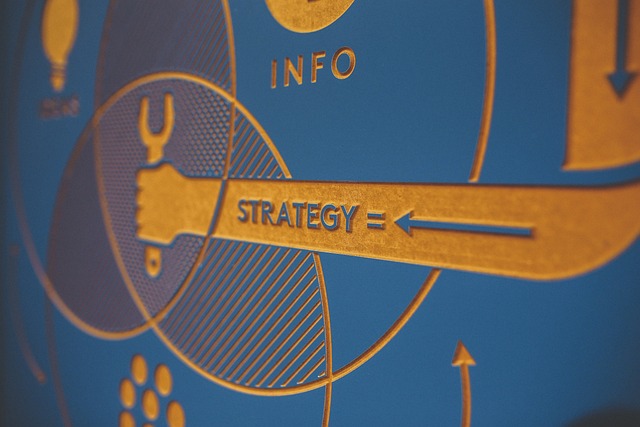AI-driven data visualization is transforming business analytics, uncovering hidden insights from large datasets using advanced algorithms. One prominent application is AI-driven table turnover optimization, which leverages historical sales, customer behavior, and market trend data to predict future demand with high accuracy. This capability allows businesses to streamline inventory management, minimize waste, and boost operational efficiency in real time. By swiftly adapting to market changes via data-backed insights, companies maintain their competitive edge. Implementing AI for table turnover optimization involves identifying KPIs, preparing datasets, selecting appropriate models (from predictive analytics to machine learning), training them with historical data, integrating into existing systems, and continuously monitoring model performance for long-term success.
In today’s data-driven landscape, AI-powered data visualization is transforming how businesses interpret insights. This article explores three key facets of this revolution. First, we uncover “Unlocking Business Insights” through the magic of AI in data visualization. Next, “Optimizing Table Turnover with AI” delves into strategies and benefits that elevate decision-making processes. Lastly, our step-by-step guide provides practical advice on “Implementing AI for Data-Centric Decision Making.” Discover how AI-driven table turnover optimization can supercharge your business analytics.
- Unlocking Business Insights: The Power of AI-Driven Data Visualization
- Optimizing Table Turnover with AI: Strategies and Benefits
- Implementing AI for Data-Centric Decision Making: A Step-by-Step Guide
Unlocking Business Insights: The Power of AI-Driven Data Visualization

AI-driven data visualization is transforming how businesses understand and interact with their data. By harnessing the power of artificial intelligence, companies can unlock insights that were previously hidden within vast datasets. AI algorithms can automatically detect patterns, trends, and correlations, providing a comprehensive view of business performance. This level of analysis enables data-driven decision making, where strategies are informed by concrete evidence rather than gut feeling.
In particular, AI-driven table turnover optimization is a powerful application. By analyzing historical sales data, customer behavior patterns, and market trends, AI systems can predict future demand with remarkable accuracy. This forecasting capability allows businesses to optimize their inventory management, reduce waste, and enhance overall operational efficiency. With real-time insights into data, companies can swiftly adapt to market fluctuations, ensuring they stay competitive in a dynamic business landscape.
Optimizing Table Turnover with AI: Strategies and Benefits

In today’s data-rich environment, optimizing table turnover is crucial for businesses to gain actionable insights and make informed decisions. AI-driven table turnover optimization offers strategic advantages by automating tedious tasks, enhancing accuracy, and revealing hidden patterns within large datasets. Advanced algorithms can swiftly analyze vast amounts of information, enabling companies to identify trends, segment customers, and predict market shifts more effectively.
This approach streamlines processes, reducing manual effort and potential human errors. By leveraging AI, businesses can achieve faster turnaround times for data analysis, allowing them to respond promptly to changing market conditions. Moreover, AI-optimized tables provide a comprehensive view of key performance indicators (KPIs), enabling leaders to make data-backed decisions that drive growth, improve efficiency, and gain a competitive edge in the marketplace.
Implementing AI for Data-Centric Decision Making: A Step-by-Step Guide

Implementing AI for data-centric decision-making involves a strategic, step-by-step approach. Firstly, identify key performance indicators (KPIs) and business objectives that can benefit from AI analysis. Next, prepare and clean your datasets, ensuring quality and consistency to prevent biased results. Once ready, select suitable AI models for your specific needs; this could range from simple predictive analytics to complex machine learning algorithms.
Train and test these models using historical data, evaluating their performance accurately. After fine-tuning, integrate the chosen AI models into your existing systems, enabling real-time insights. Leverage these AI-driven insights to optimize table turnover, enhancing overall efficiency. Remember, continuous monitoring and model updates are essential to adapt to evolving business landscapes and market trends, ensuring long-term success in data-centric decision-making.
AI-powered data visualization is transforming how businesses make decisions by providing actionable insights from complex datasets. Through optimized table turnover and effective decision-making processes, organizations can unlock significant competitive advantages. By implementing AI in data visualization, companies can gain a deeper understanding of their operations, predict trends, and adapt quickly to market changes. The strategies outlined in this article offer a clear path for leveraging AI-driven table turnover optimization, empowering businesses to stay ahead in the digital age.
